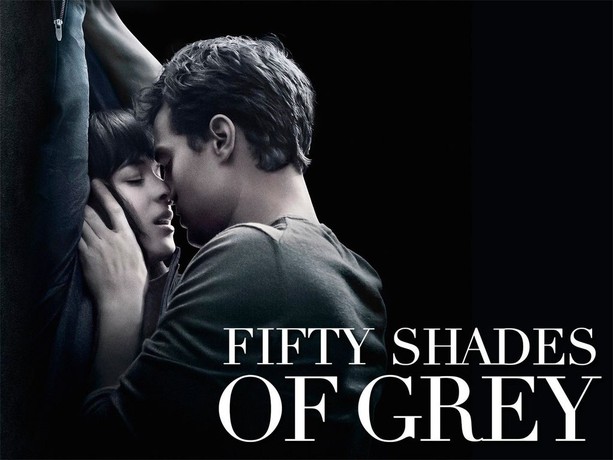
The “Fifty Shades” trilogy, based on E.L. James’s global bestsellers, burst onto the cinematic landscape with an undeniable roar, igniting conversations, controversy, and an unprecedented level of public fascination. While often dismissed by critics as mere “mommy porn,” the films, and indeed the books, tapped into something far more profound within the cultural zeitgeist. For its lead actors, Dakota Johnson as Anastasia Steele and Jamie Dornan as Christian Grey, “Fifty Shades” was not merely a film project; it was a transformative phenomenon that redefined their careers, catapulted them to international stardom, and presented both immense opportunities and unique challenges.
Before “Fifty Shades,” Johnson and Dornan were respected actors, quietly building their resumes. Johnson, a scion of Hollywood royalty, had appeared in supporting roles, demonstrating a quiet charisma. Dornan, meanwhile, was known for his chilling portrayal of a serial killer in “The Fall,” showcasing a dramatic intensity far removed from the romantic hero he would become. Neither was a household name on the global stage. “Fifty Shades” changed all of that, virtually overnight. The casting news alone generated immense buzz, and the films themselves became box office juggernauts, defying critical reception to become undeniable cultural touchstones.
The immediate impact on their careers was astronomical. They were suddenly on every magazine cover, the subject of countless interviews, and the face of a franchise that earned billions. This level of sudden, intense fame can be a double-edged sword. While it opened doors to bigger projects and greater visibility, it also brought unprecedented scrutiny and the potential for typecasting. The challenge for both Johnson and Dornan was to leverage this immense platform while simultaneously proving their versatility and artistic depth beyond the confines of their “Fifty Shades” personas.
Beyond the individual careers, “Fifty Shades” sparked a broader cultural dialogue. It thrust BDSM into mainstream conversation, albeit often in a simplified and glamorized form. It prompted discussions about female sexuality, consent, and the complexities of relationships. While the films certainly had their detractors, they undeniably opened a Pandora’s box of conversations that had previously been confined to niche communities. The “Red Room” became a pop culture reference, and the dynamic between Christian and Anastasia permeated discussions about power dynamics in relationships.

For Johnson and Dornan, navigating this post-“Fifty Shades” landscape required strategic planning and a keen understanding of their own artistic ambitions. Both have consciously chosen roles that showcase their range, from Johnson’s turn in “Suspiria” to Dornan’s acclaimed performance in “Belfast.” They have actively worked to shed the “Christian and Anastasia” image, demonstrating that their talent extends far beyond the confines of the erotic drama that made them famous.
The legacy of “Fifty Shades” for its stars is multifaceted. It was the launching pad that provided unparalleled global recognition. It was also a test of their resilience and their commitment to their craft. They emerged from the phenomenon not just as successful actors, but as artists who skillfully navigated the complexities of sudden superstardom. “Fifty Shades” may have been “kinky,” but its impact on Johnson and Dornan, and the cultural landscape, was undeniably profound, forever etching their names into the annals of cinematic history.
